Table of Contents
Picture a playground buzzing with energy. Kids are climbing, swinging, and sliding. Now, picture a child sitting on the sidelines, watching. Maybe they use a wheelchair, have sensory sensitivities, or face other physical challenges. Traditional playgrounds, often unintentionally, create these barriers. They weren't built with *everyone* in mind. That's whereadaptive commercial playground equipmentsteps in. It's not just about adding a ramp; it's about designing spaces where every single kid, regardless of ability, can jump into the fun, make friends, and experience the sheer joy of play. This isn't some feel-good extra; it's a fundamental necessity for building truly inclusive communities. We’ll dig into what makes this equipment different, why it’s crucial for schools, parks, and community centers, and how investing in it changes lives, one swing and slide at a time. Stick around to learn how to turn that picture of a child watching into a picture of a child playing.
Beyond the Standard: Why Some Playgrounds Miss the Mark
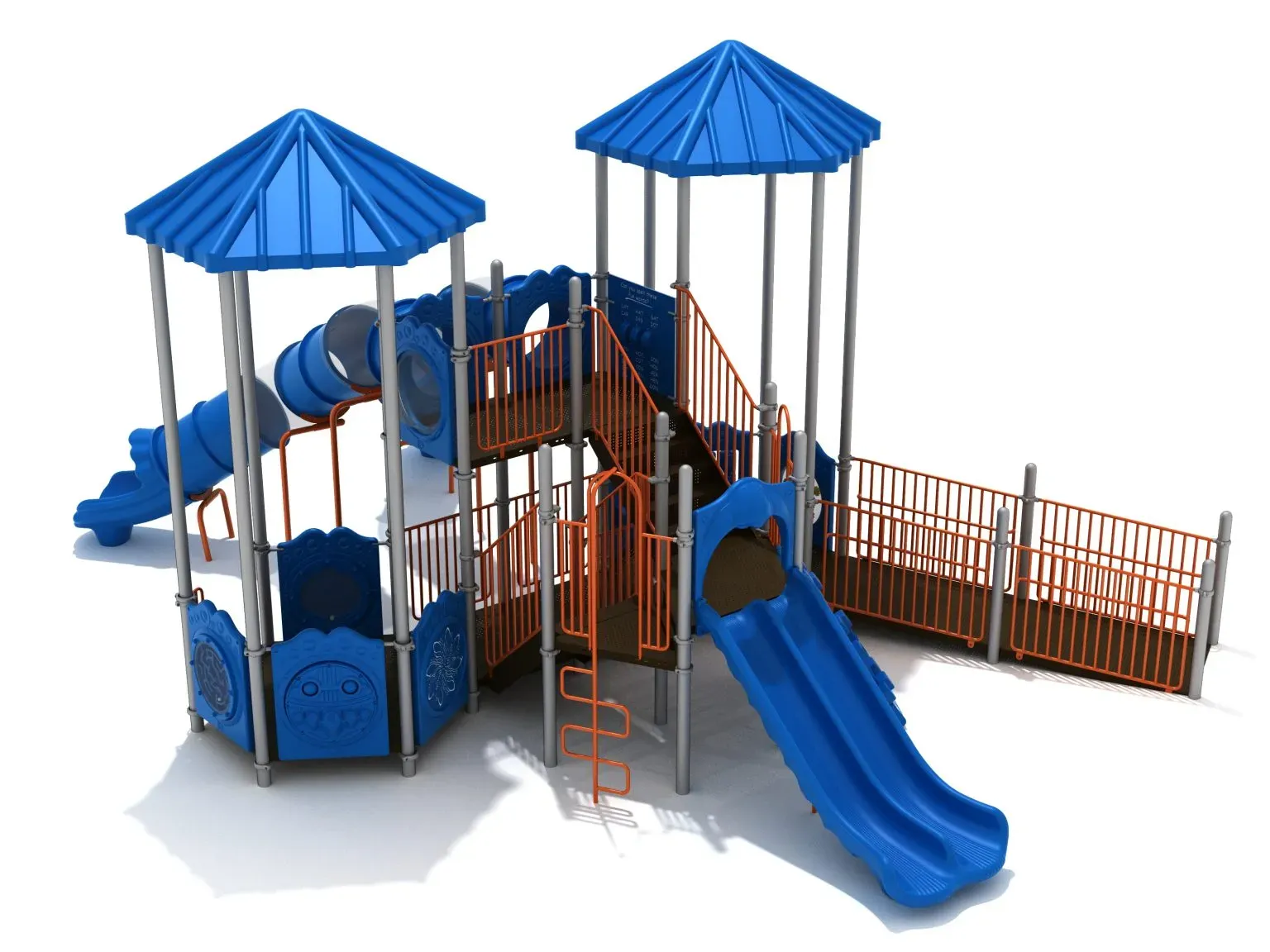
Beyond the Standard: Why Some Playgrounds Miss the Mark
So, you're diving into this playground stuff? Awesome. Look, the problem isn't that standard playgrounds are *bad*, it's that they're often built on a pretty narrow idea of who gets to play. Think about it: swings you have to transfer into, climbers requiring two strong legs and good balance, slides with steep steps. They're great if you fit the mold, but if you use a mobility device, have low muscle tone, struggle with loud noises, or can't process sensory input easily, that vibrant playground suddenly becomes a frustrating obstacle course or just a place to watch from the edge. It’s like building a library with stairs and no ramp and then wondering why some people aren't checking out books. We’ve just accepted this limited view for too long, and it’s time to call it out.
What Exactly is Adaptive Commercial Playground Equipment?
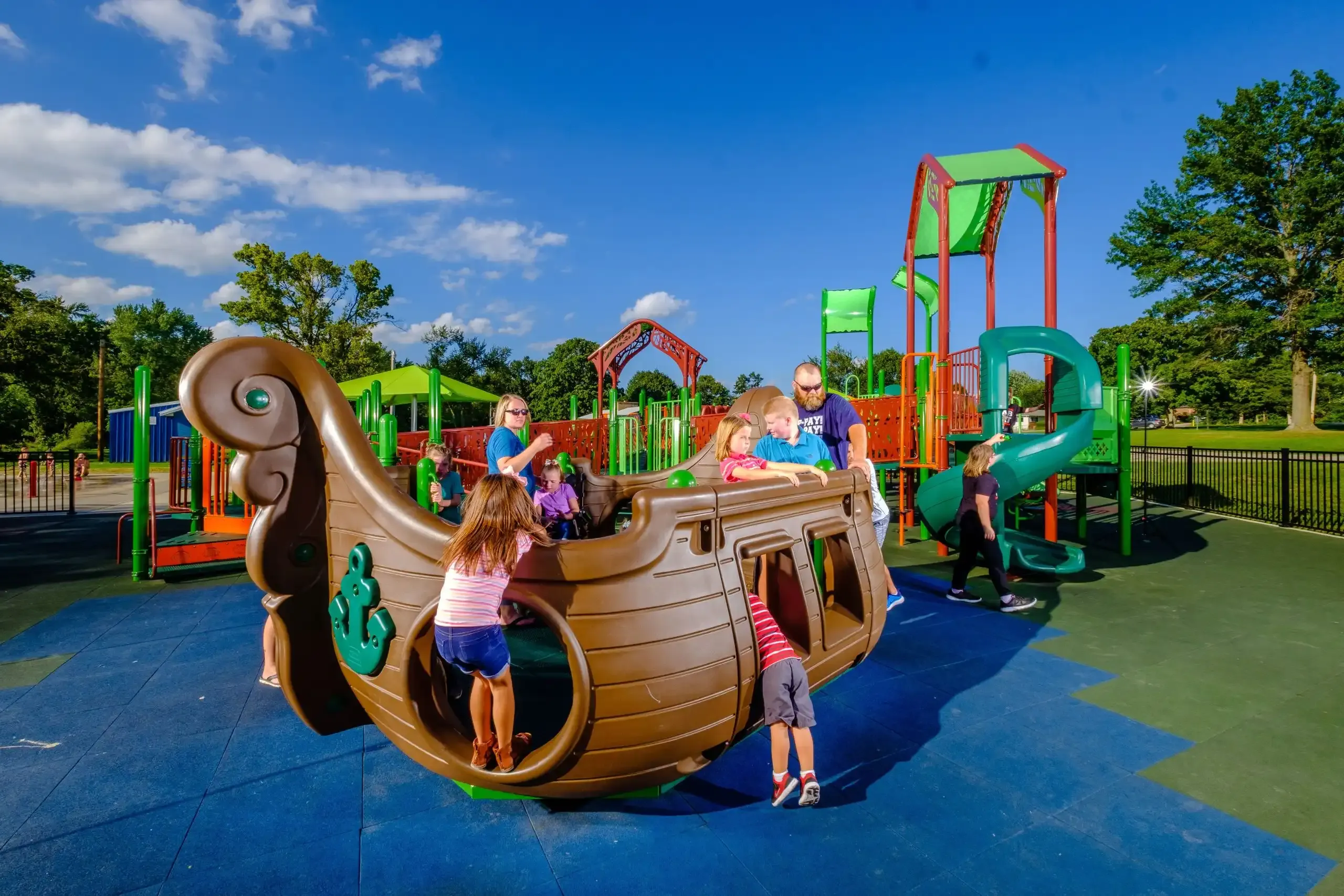
What Exactly is Adaptive Commercial Playground Equipment?
so if standard playgrounds are missing the mark, what's the alternative? That's whereadaptive commercial playground equipmentcomes in. Think of it as playground gear designed from the ground up to lower those barriers we just talked about. It’s not just about meeting minimum accessibility codes, though that's a start. It’s about creating opportunities for kids with diverse needs – including physical, sensory, cognitive, and social differences – to actively participate alongside their peers. This means features like ramps wide enough for wheelchairs to navigate easily, ground-level play panels that don't require climbing, swings with high backs and harnesses for support, and sensory elements like musical instruments or textured surfaces that engage different senses. It’s equipment that says, "You're welcome here, and here's how you can play."
Designing for All: Features of Effective Adaptive Commercial Playground Equipment
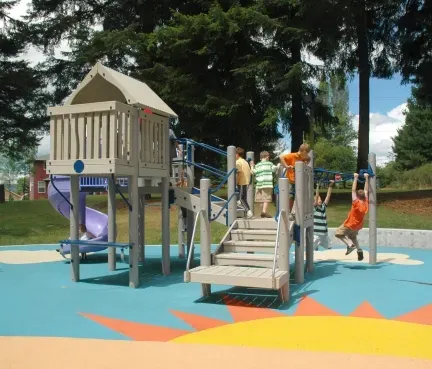
Designing for All: Features of Effective Adaptive Commercial Playground Equipment
Alright, so you get that standard playgrounds aren't cutting it for everyone and thatadaptive commercial playground equipmentis the answer. But what does that actually look like? It's more than just throwing down some rubber surfacing. We're talking about deliberate design choices. Think ramps with gentle slopes and wide turning spaces, not just a skinny path up to a platform. Consider ground-level activities – musical instruments, sand and water play elements, tactile panels with different textures – things kids can engage with whether they're standing, sitting, or using a mobility device. Swings aren't just tire swings; they're molded seats with harnesses or even platform swings big enough for a child and a caregiver. It's about creating layers of access and engagement, so a kid who thrives on sensory input can explore textures while another navigates a ramp system, and they can still be playing near each other.
The Ripple Effect: Benefits of Installing Adaptive Commercial Playground Equipment
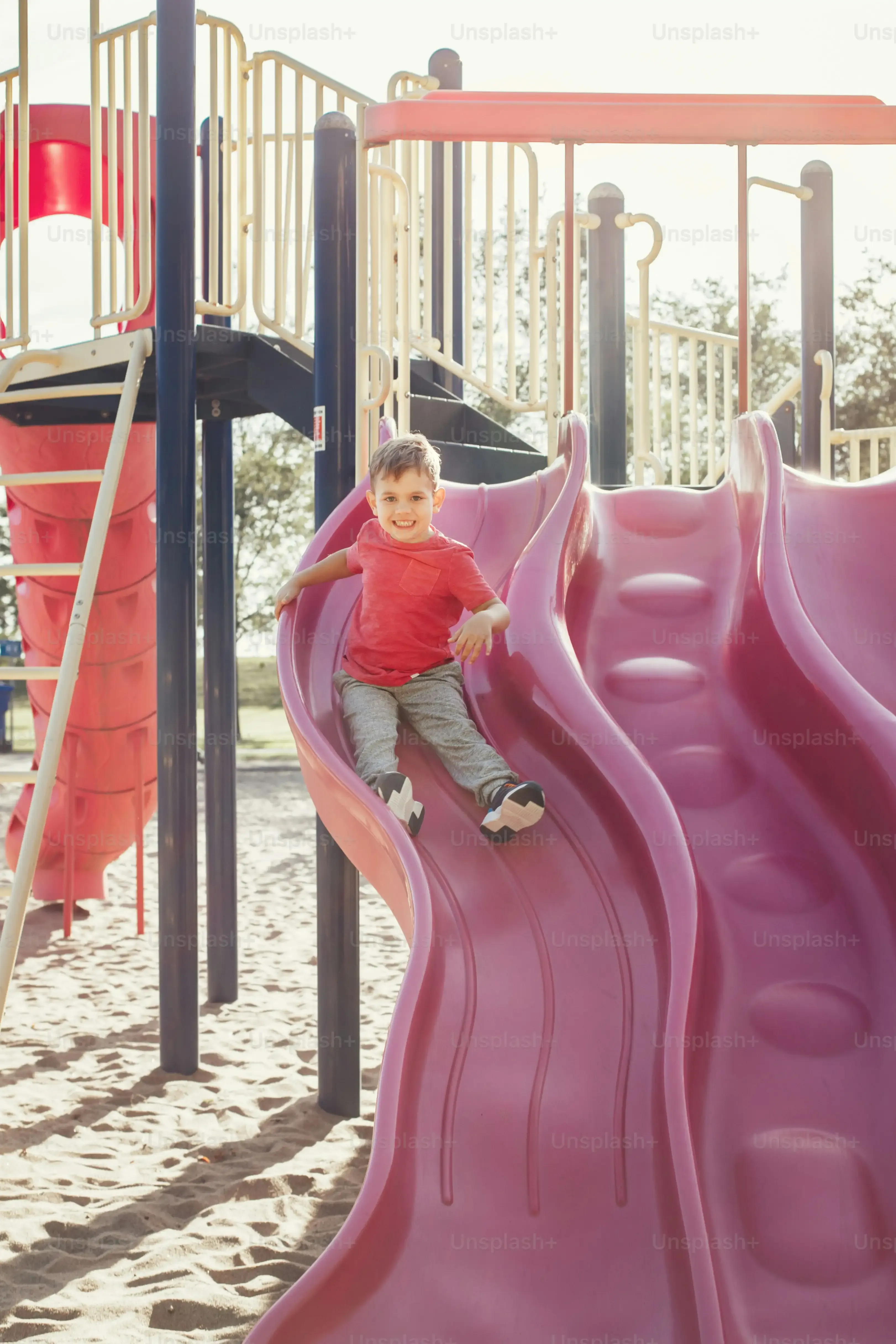
The Ripple Effect: Benefits of Installing Adaptive Commercial Playground Equipment
Breaking Down Social Barriers
so you've got this awesomeadaptive commercial playground equipmentinstalled. What happens next? The first thing you see is kids who were previously just watching are now *in* the game. They're swinging next to their friends, navigating ramps with them, maybe even figuring out how to use that cool ground-level musical panel together. This isn't just about physical access; it's about social access. When kids play together, they learn about each other. They see abilities, not just disabilities. It breaks down those invisible walls that form when some kids are always on the outside looking in. It fosters empathy and understanding in a way that no classroom lesson ever could. It’s less "us and them" and more "we," right there in the sandbox.
Boosting Development Across the Board
Beyond the warm fuzzies of inclusion, thisadaptive commercial playground equipmentis seriously good for development. For kids with mobility challenges, accessible climbers and ramps offer physical activity they might not get elsewhere, building strength and coordination. Sensory play elements – the chimes, the textured paths, the water features – are crucial for kids who process the world differently, helping them regulate and explore safely. Cognitive skills get a workout too, through problem-solving on accessible structures or engaging with activity panels. Every child, whether they have diagnosed needs or not, benefits from a richer, more varied play environment. It’s a holistic gym for mind and body.
- Increased social interaction among diverse groups of children.
- Improved gross and fine motor skills for children with varying abilities.
- Enhanced sensory processing and regulation through specialized elements.
- Greater opportunities for imaginative and cooperative play.
- Development of empathy and understanding among peers.
- Compliance with ADA standards and promotion of community values.
Strengthening the Community Fabric
Think bigger picture. When a park or school invests inadaptive commercial playground equipment, it sends a clear message: "Everyone is valued here." This isn't just about the kids; it affects families too. Parents of children with disabilities finally have a place where their child can play freely and safely alongside siblings and friends. This reduces isolation and builds connections among parents. Accessible playgrounds become true community hubs, places where diverse families gather, connect, and support each other. It’s an investment not just in equipment, but in the social health and cohesion of the entire neighborhood. It’s proving that inclusion isn't a burden, it's a benefit that lifts everyone up.
Making it Happen: Selecting and Implementing Adaptive Commercial Playground Equipment
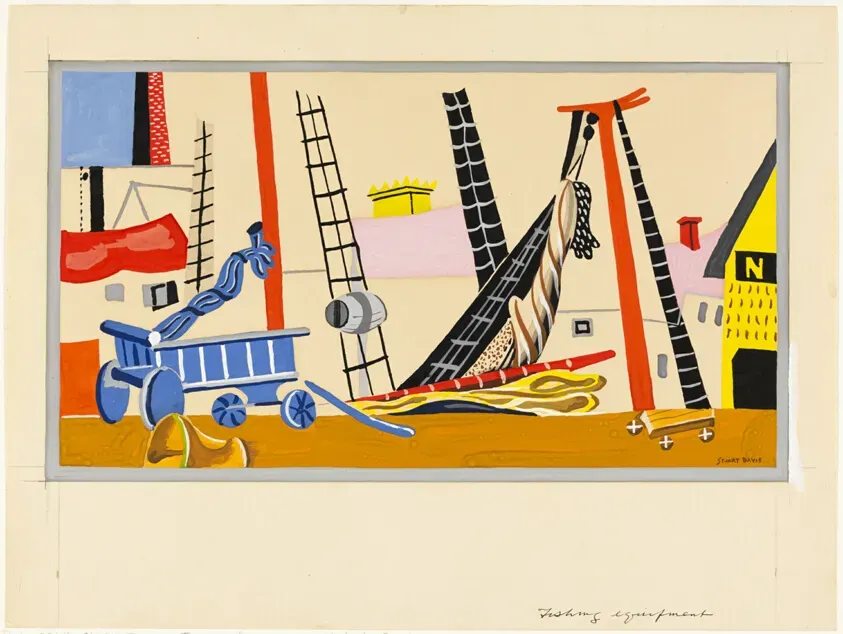
Making it Happen: Selecting and Implementing Adaptive Commercial Playground Equipment
Starting Point: Assessing Needs and Site Reality
Alright, so you're sold on building an inclusive play space withadaptive commercial playground equipment. Great. Don't just dive in and start picking out fancy swings. First, you need to get real about who you're serving and where this thing is going. Walk the site. What's the terrain like? Any slopes or drainage issues? How much space do you actually have? More importantly, talk to the people who will use it. Engage with parents of kids with diverse needs, local disability advocates, teachers, and therapists. They'll tell you what features are truly missing and what would make a difference. A sensory garden might be crucial in one community, while another desperately needs more complex accessible climbers. Ignoring this step is how you end up with a perfectly installed piece of equipment that nobody actually uses because it doesn't meet the community's specific needs. It’s about designing *for* people, not just *at* them.
Picking the Right Pieces and Partners
Once you know your needs and site constraints, the fun begins: selecting the actualadaptive commercial playground equipment. This isn't like buying a swing set from the big box store. You're looking at commercial-grade stuff built to last and meet stringent safety standards (like ASTM and CPSC). Work with reputable suppliers who specialize in inclusive design. They should offer equipment specifically designed for sensory play, cognitive engagement, and physical access beyond just ramps. Ask about their experience with ADA compliance and designing layouts that promote integrated play, where kids of all abilities can interact. Don't just look at individual pieces; consider how they fit together to create a cohesive play environment. A good vendor will help you with layout design, ensuring clear pathways, adequate safety surfacing, and a logical flow that encourages interaction.
- Look for equipment with varied sensory elements (textures, sounds, visuals).
- Prioritize ground-level play components accessible from a seated position.
- Evaluate swings for different support needs (high-back, harness, platform).
- Ensure ramps have proper slope, width, and rest platforms.
- Check for accessible surfacing that allows easy movement for mobility devices.
- Confirm vendor experience with inclusive design and safety standards.
Getting it Built and Keeping it Safe
You've planned, you've picked the gear, now comes the construction phase. Installingadaptive commercial playground equipmentrequires precision. Safety surfacing needs to be installed correctly to ensure critical fall height protection and accessibility. Accessible routes to and from the playground must be clearly defined and compliant. Consider using certified installers who understand the nuances of accessible playground construction. Once it's built, the job isn't over. Regular maintenance is non-negotiable. Ramps need to be checked for debris, surfacing inspected for wear and tear, and all equipment components examined for safety hazards. An inclusive playground is only truly inclusive if it remains safe and functional for everyone, all the time. Budget for ongoing inspections and maintenance, because a broken piece of equipment is a barrier just as effective as a missing ramp.
Conclusion
So, we’ve talked about the gap standard playgrounds leave behind and howadaptive commercial playground equipmentbridges that divide. It's clear this isn't just about compliance or checking a box; it's about creating tangible opportunities for connection and development. Seeing a child who previously couldn't access the slides or swings now laughing alongside their peers? That’s the real payoff. Investing in these spaces requires planning – understanding the specific needs of your community, navigating equipment options, and figuring out the logistics of installation. It’s a commitment, sure, but one that pays dividends in social equity and the simple, profound joy of watching every kid get to be a kid. Building playgrounds that welcome everyone isn't a future goal; it's a necessary step we can take right now to make our communities genuinely inclusive.